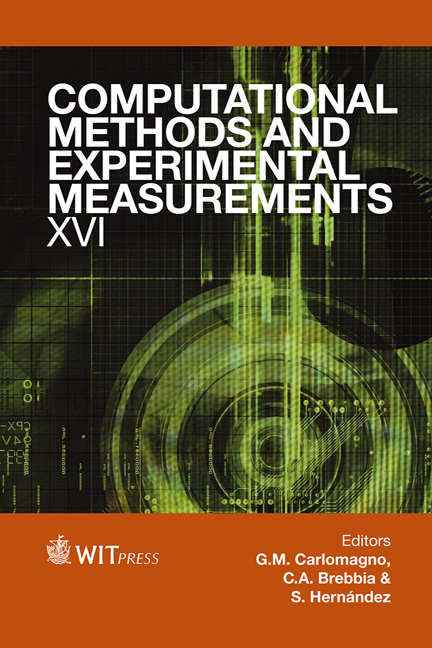Autofrettage Process: Finite Element Simulation And Experimental Validation
Price
Free (open access)
Transaction
Volume
55
Pages
10
Page Range
379 - 388
Published
2013
Size
365 kb
Paper DOI
10.2495/CMEM130311
Copyright
WIT Press
Author(s)
R. Drummond & T. Comlekci
Abstract
Autofrettage of benchmark cylindrical pressure vessels were carried out for two types of low alloy steels. Non-linear finite element studies were first carried out in order to find a safe autofrettage pressure with known yield strength and ultimate tensile strength material property values from tensile tests. The residual stresses and strains were predicted with the non-linear finite element analysis (FEA) when the vessel was unloaded. The pressure vessels were strain gaged internally and externally to validate the autofrettage FEA simulation. The response of the internal strain gages under high hydrostatic pressure was not known therefore strain gaged hydrostatic test pieces were used during the experiments. Through measurement of the strain response with relation to the hydrostatic pressure applied during the autofrettage experiment, hydrostatic correction factors were found. These correction factors were applied to the pressure vessels’ internal strain gage readings and compared with that of FEA. Strains during loading showed good agreement, although measuring the residual strain levels experimentally was found to be prone to error due to the variability of the material properties and the accuracy of internal strain gage measurements subject to very high hydrostatic pressure loading. Keywords: autofrettage, validation, strain gage, hydrostatic correction, finite element analysis.
Keywords
Keywords: autofrettage, validation, strain gage, hydrostatic correction, finite element analysis.





